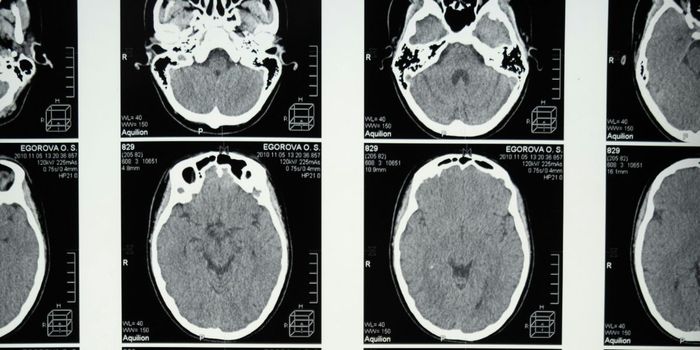How PTSD Develops in the Mind
Close 1 in 4 people who experience severe trauma develop Post Traumatic Stress Disorder (PTSD). Now, a recent study has identified how these traumatic experiences become PTSD, something that may eventually lead to better treatment options.
PTSD is an anxiety disorder characterized by four major symptom groups: flashbooks and physical reactions to them, increased anxiety levels, emotional numbness, and avoidant behavior towards anything that may trigger memories of the traumatic event. Collecting data on the causes and development of the disorder is often very difficult as after traumatic events, people are usually most keen on rebuilding their lives as soon as possible, rather than allowing researchers to pick their brains apart- both figuratively and literally.
To circumvent this difficulty, researchers from the University of Vermont sent questions via text message to 80 people over the first 30 days following a traumatic event. Free to answer as and when they felt able to, the questions and answers provided a day-to-day representation of people’s reaction to trauma, and how PTSD may, or may not, develop. After collecting their answers, the researchers used a statistical technique known as short-term dynamic modelling to interpret patterns.
From their results, they found that PTSD develops in two different ways- one via fear conditioning and intrusive thoughts, and the other via symptoms linked to depression. Lead researcher, Matthew Price, said, “For one series of symptoms, the symptom chain looked a lot like fear conditioning...People first had intrusive, unpleasant thoughts about what happened to them, which led them to avoid doing things that remind them of their trauma, and that avoidance led to hypervigilance...Depression wasn't influenced by other symptoms and wasn't an influencer; it was off on its own and self-perpetuating.”
Being able to seperate fear conditioning and depression in this way along the process in which PTSD occurs may make way for new treatment avenues for preventing the condition from surfacing in the first place. Price said, "This research is trying to piece together what this process may look like as it unfolds so that we can start to develop treatments that might be able to deliver it in this very acute phase...There is much more work to do."
Sources: Science Alert and Depression and Anxiety









